Optimal Timing for Foundation Repairs
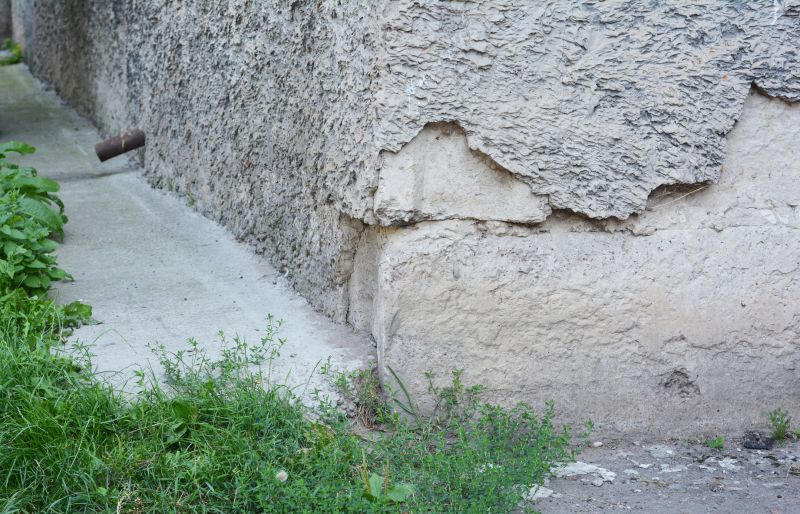
Spring offers moderate temperatures and consistent moisture levels, making it suitable for foundation repairs.
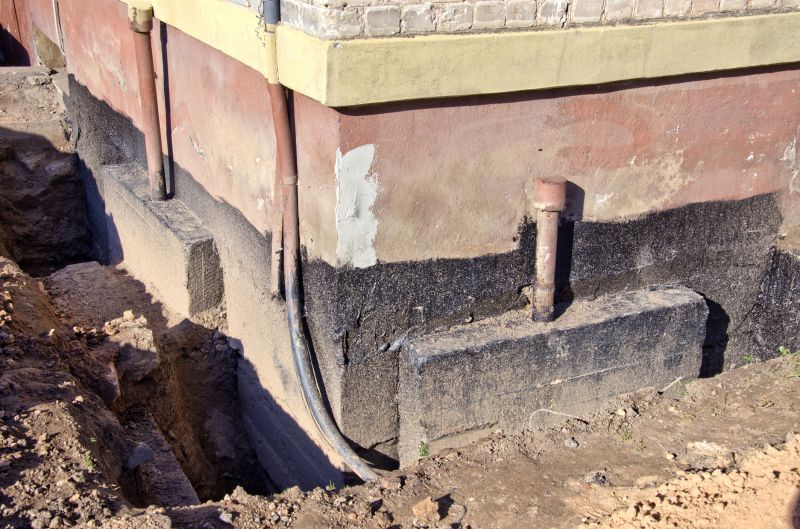
Warm weather and longer days facilitate repair work, but high humidity can affect certain repair materials.
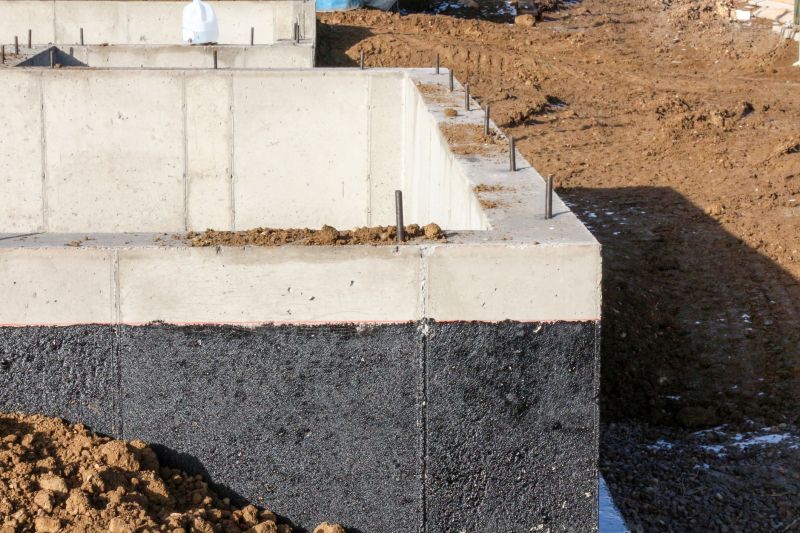
Cooler temperatures and reduced precipitation create optimal conditions for foundation stabilization projects.

Cold temperatures and potential snow can delay repairs, but in milder climates, winter can still be feasible.
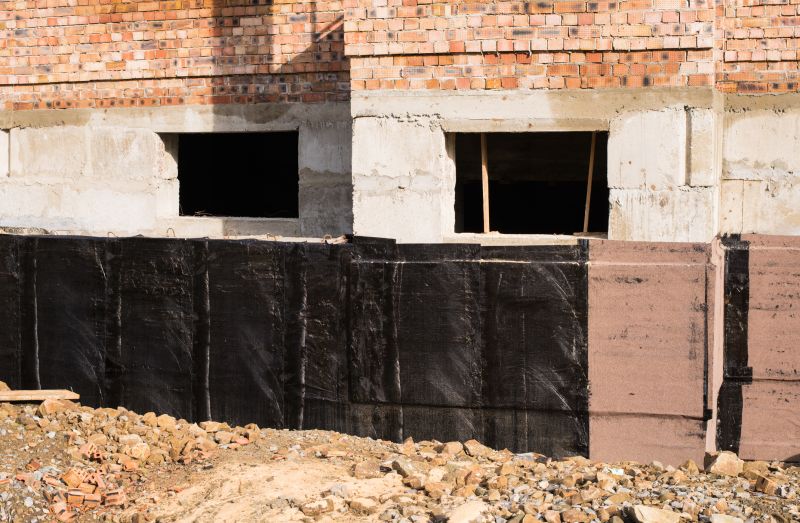
Periods of extended dry weather are ideal for foundation repairs, as soil stability improves.
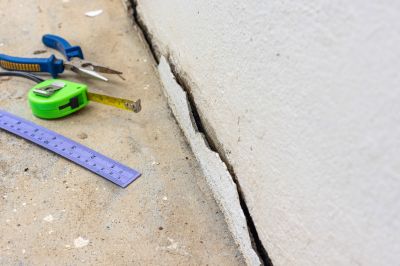
Ways to make Foundation Repairs work in tight or awkward layouts.
Foundation repairs are critical for maintaining structural integrity and preventing further damage to a property. The timing of repairs can influence their effectiveness and longevity. Factors such as soil conditions, weather patterns, and construction schedules should be considered when planning foundation work. Proper timing ensures that repairs are performed under optimal conditions, reducing risks of setbacks or additional issues.
Statistics indicate that foundation issues are among the most common structural problems in residential buildings, with over 25% of homes experiencing some form of foundation settlement or cracking. Repair methods vary depending on the severity and type of damage, including underpinning, slab jacking, or piering. Timely intervention can help prevent costly renovations and preserve property value.
Cracks in walls, uneven floors, and sticking doors are common indicators of foundation issues.
Repairs may include underpinning, pier installation, or slab stabilization to restore stability.
Soil moisture levels, weather conditions, and property age influence the best timing for repairs.
Ensure proper drainage and manage soil moisture to prolong repair effectiveness.
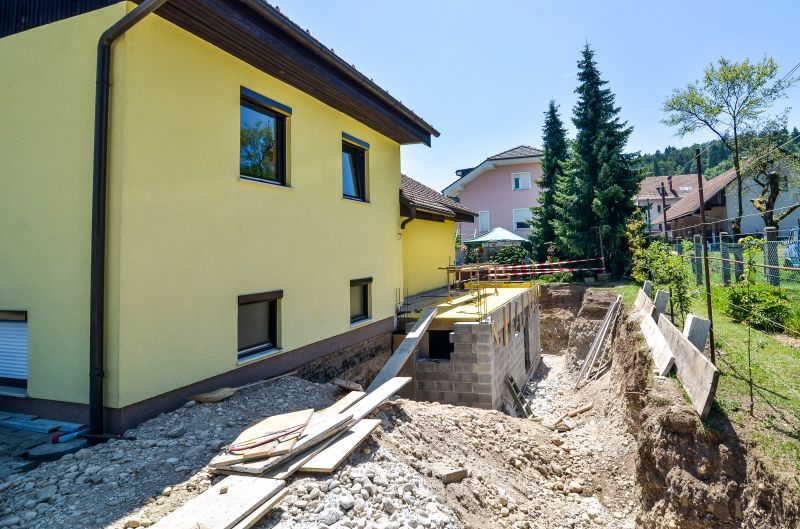
Popular materials for Foundation Repairs and why they hold up over time.
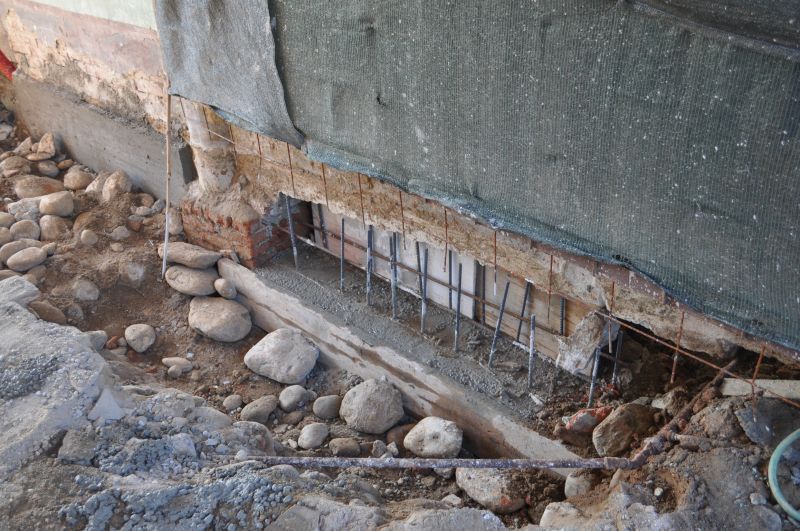
Simple add-ons that improve Foundation Repairs without blowing the budget.

High-end options that actually feel worth it for Foundation Repairs.
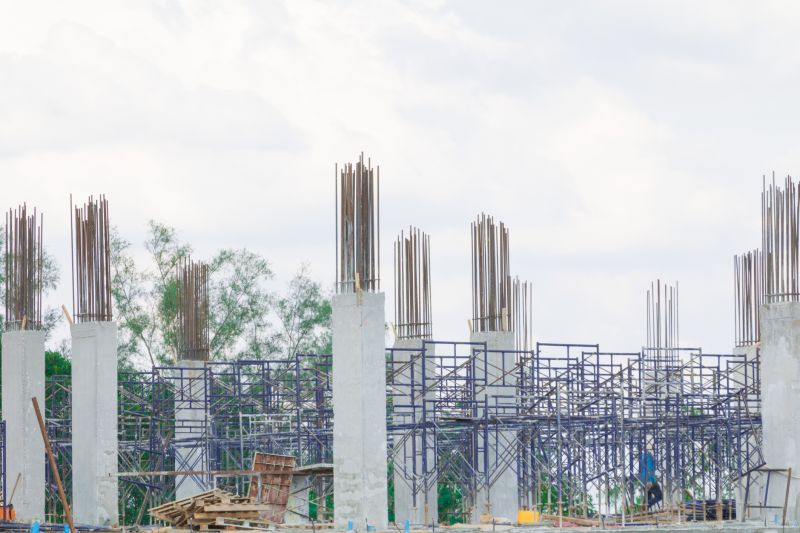
Finishes and colors that play nicely with Foundation Repairs.
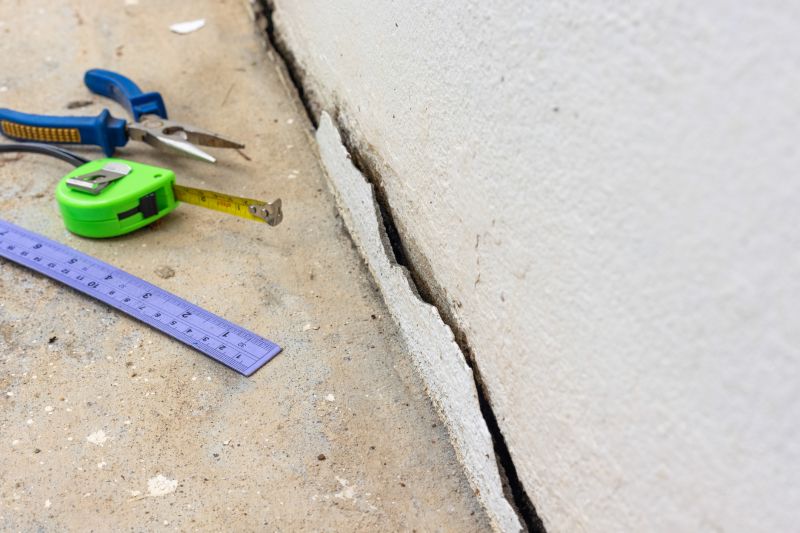
Little measurements that prevent headaches on Foundation Repairs day.
| Season | Advantages |
|---|---|
| Spring | Moderate weather, ideal for most repair methods. |
| Summer | Extended daylight hours facilitate work. |
| Fall | Cooler temperatures support soil stabilization. |
| Winter | Potential delays due to cold, but feasible in milder climates. |
Foundation repairs are essential for ensuring the safety and stability of a property. Choosing the right time to perform these repairs can lead to better results and longer-lasting fixes. Seasonal considerations, soil conditions, and weather patterns all play a role in determining the most suitable period for foundation work. Proper planning and expert assessment help identify the optimal window for repairs, minimizing disruptions and costs.
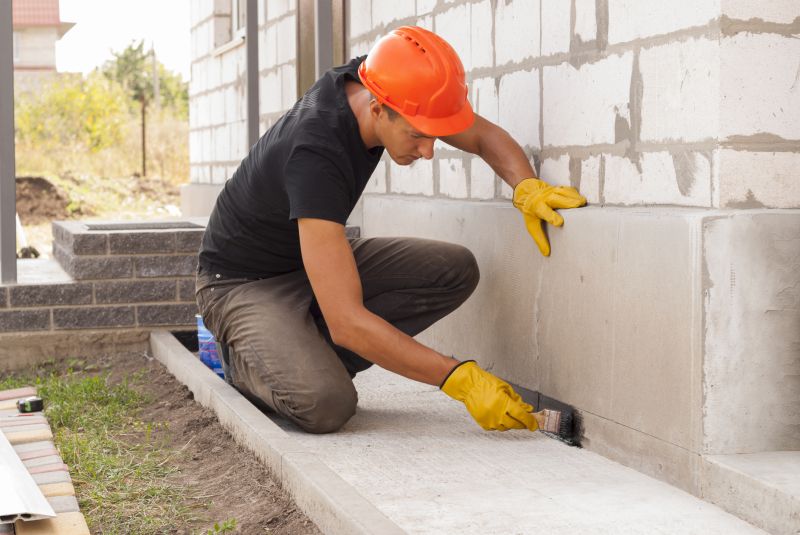
A 60-second routine that keeps Foundation Repairs looking new.
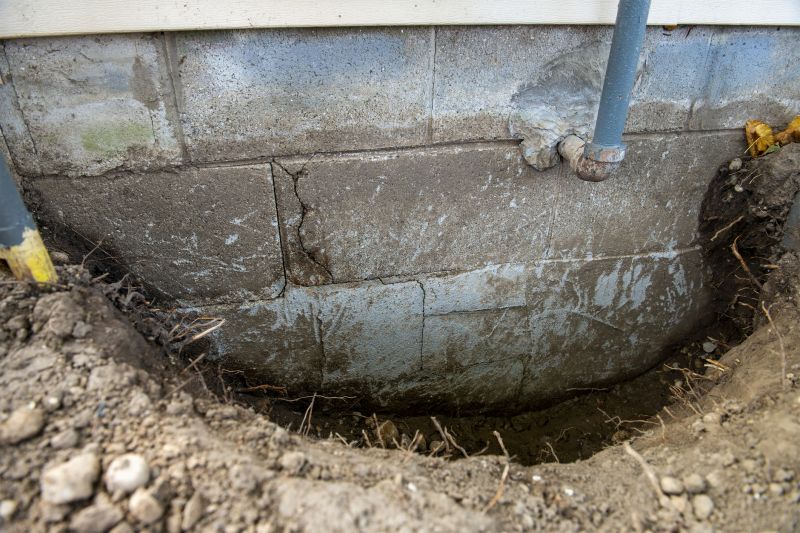
A frequent mistake in Foundation Repairs and how to dodge it.
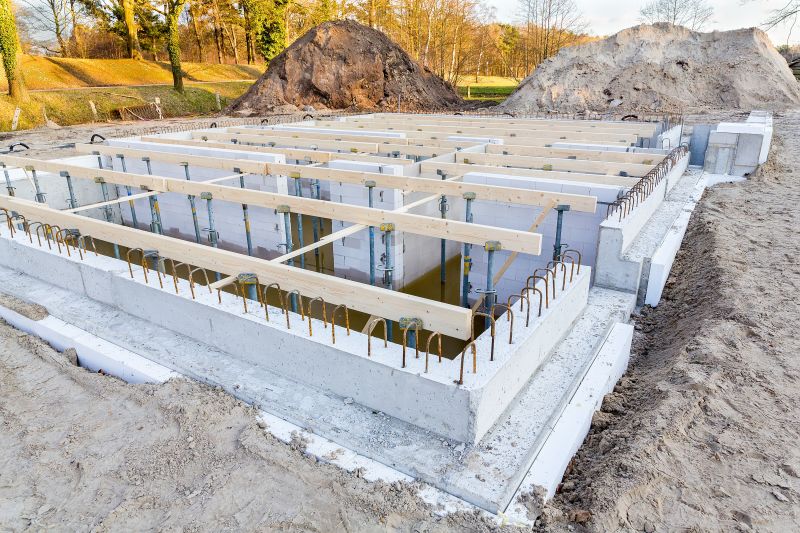
Small tweaks to make Foundation Repairs safer and easier to use.

Lower-waste or water-saving choices for Foundation Repairs.
Interested property owners in Cranston seeking foundation repairs are encouraged to contact for detailed assessments. Proper timing and expert intervention can prevent further structural issues, safeguarding property value and safety. Filling out the contact form can initiate a professional evaluation to determine the best approach and schedule for foundation stabilization.
